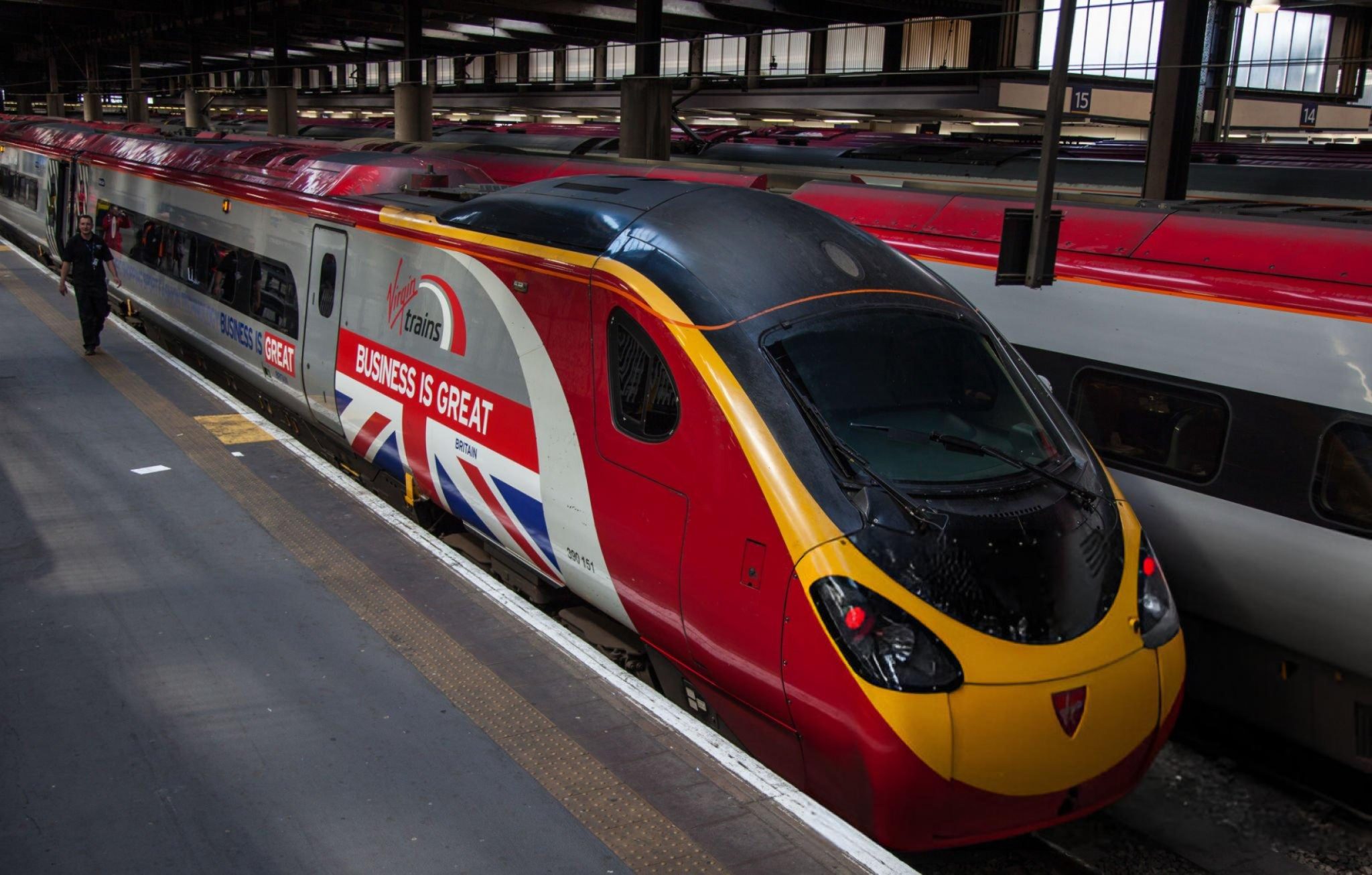First South Western Railway services brought into public ownership as Government embarks on full rail takeover
The UK Government has officially begun the process of renationalising the country’s railways, with South Western Railway (SWR) services now brought under public ownership. The move signals the start of a comprehensive reversal of privatisation policies first introduced in the 1990s.
Transport Secretary Heidi Alexander hailed the change as “a new dawn for our railways”, as she boarded the first renationalised train departing London Waterloo at 6:14am on Monday morning, bound for Shepperton, Surrey.
SWR, previously operated jointly by FirstGroup and Hong Kong-based MTR Corporation, will now be overseen by the Department for Transport’s Operator of Last Resort. This marks the beginning of a phased return of all privately operated rail services to public control as existing contracts reach their minimum terms.
The next operators to transition will be c2c, serving London and Essex, on 20 July, followed by Greater Anglia in October. The entire process is expected to be finalised by the end of 2027.
Speaking at Waterloo, Ms Alexander said:
“Moving away from 30 years of inefficiency, delayed services and failing passengers, we are entering the era of Great British Railways.
Most people don’t dwell on who runs their train, but they do expect reliability, affordability and quality. That’s what this transformation aims to deliver.”
Later, she posted on X (formerly Twitter):
“Up early to be on the first train out of Waterloo under public ownership. A big day!
Later this year we’ll bring forward legislation to establish Great British Railways—one team, one railway, delivering higher passenger standards.”
The Office of Rail and Road reported that 4% of all rail services in Britain were cancelled in the 12 months to 26 April. For SWR, the cancellation rate stood at 3%. The newly renationalised lines will be absorbed into the Great British Railways (GBR) entity, which will oversee both train operations and infrastructure. Legislation to officially establish GBR is expected to be brought before Parliament later this year.
Rail industry veteran Richard Bowker, former chief of the now-defunct Strategic Rail Authority, offered cautious optimism about the reforms.
“It’s easy to be sceptical, but there’s real potential here. Bringing track and train back together is a pragmatic move.
The key issue is not ownership, but whether the people running the railway are empowered to make smart, local decisions.”
The branding for GBR has already started to appear, with one SWR train featuring the new livery—part Union Jack, part classic double arrow motif—alongside the slogan “Great British Railways coming soon.”
Campaigners have welcomed the move. Johnbosco Nwogbo from We Own It, a public ownership advocacy group, said:
“This is a great day for passengers. We are finally putting communities and sustainability ahead of private profits.
But we must ensure that public ownership delivers high standards and lasting improvements.”
Currently, about a third of all UK rail journeys are on publicly run services, including LNER, Northern, Southeastern and TransPennine Express. With SWR now joining them, that proportion will grow steadily over the next two years.
The Department for Transport said publicly owned services will be held to “tough performance standards” before receiving full GBR branding. These criteria will assess punctuality, customer experience and overall reliability.
Officials estimate the renationalisation policy could save taxpayers as much as £150 million annually in fees previously paid to private operators.
However, the first SWR service under the new regime encountered an ironic start. Due to overnight engineering works, passengers on the 5:36am Woking to Waterloo service had to disembark at Surbiton and continue by rail replacement bus.
Despite the initial hiccup, officials insisted the symbolic value of the transition overshadowed the early disruption. As the GBR project continues to take shape, ministers say passengers can expect steady improvements, better coordination, and an integrated national rail network that works for all.






